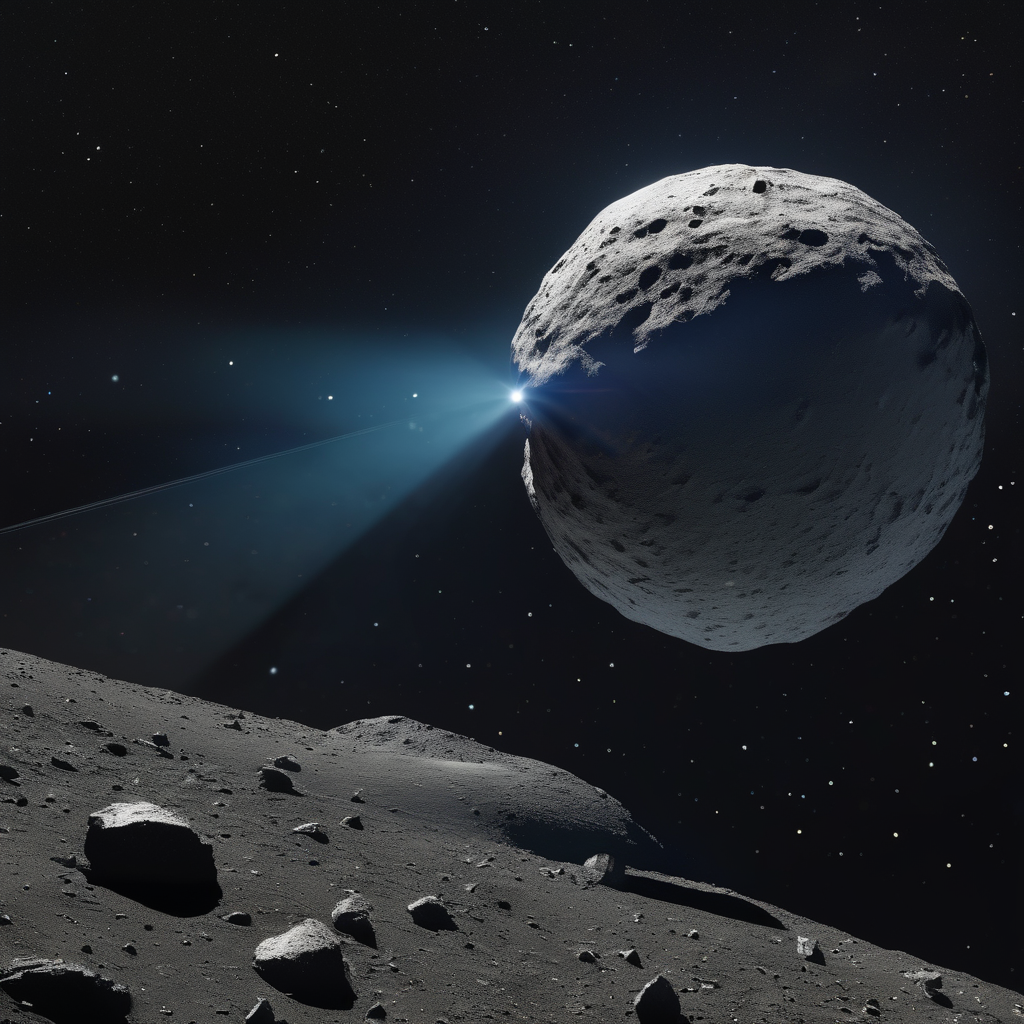The interstellar comet 3I/ATLAS has been the center of attention since its discovery, particularly after it was confirmed to have originated from outside of Earth’s solar system in July. This celestial object, measuring approximately 3.5 miles in diameter, has spurred a variety of theories surrounding its nature, including the provocative suggestion that it might be an alien spacecraft.
Currently, 3I/ATLAS is positioned on the opposite side of the sun from Earth, rendering it invisible to ground-based telescopes. However, space missions orbiting Mars and Jupiter are poised to observe the comet in the coming weeks. The significance of this event is underscored by its rarity, as it is uncommon to identify such objects traversing our solar neighborhood.
To provide some context, this comet is one of only three confirmed interstellar visitors, joining the ranks of the first detected object, Oumuamua, in 2017, and the comet Borisov in 2019. The name 3I/ATLAS reflects both its status as an interstellar entity and the ATLAS telescope in Chile that initially spotted it, part of NASA’s Asteroid Terrestrial-impact Last Alert System.
Astronomers note that 3I/ATLAS is on a hyperbolic trajectory, meaning it is destined to exit our solar system and return to interstellar space after making its passage close to the sun. Although it poses no threat to Earth, its journey presents a unique opportunity for scientists to study material that originated from another star.
Utilizing a variety of telescopes, including the Hubble Space Telescope and the James Webb Space Telescope, astronomers have been collecting data that helps estimate the size of the comet’s icy nucleus, which ranges between 1,000 feet to 3.5 miles wide. The comet’s growing tail and coma have been observed, indicating activity as it approaches the sun.
Upcoming observations from Mars Express and ExoMars Trace Gas Orbiter missions will allow for closer examination of 3I/ATLAS until early October, while ESA’s Jupiter Icy Moons Explorer is set to provide additional data in late November. Notably, the closest point of approach to Earth will be around 170 million miles, with a nearer pass to the sun expected on October 30.
While most researchers classify 3I/ATLAS as a comet, some, including astrophysicist Avi Loeb, have speculated about the possibility of it being alien technology. Such theories, however, have faced skepticism from the broader scientific community, emphasizing the importance of thorough analysis before jumping to conclusions.
In this enlightening moment for astronomy, the exploration of 3I/ATLAS serves not only to broaden our understanding of interstellar phenomena but also to reignite public interest in the mysteries of the universe. As more observations are conducted, the excitement about this interstellar visitor continues to grow, inviting future discoveries that may bring new perspectives on our place in the cosmos.
